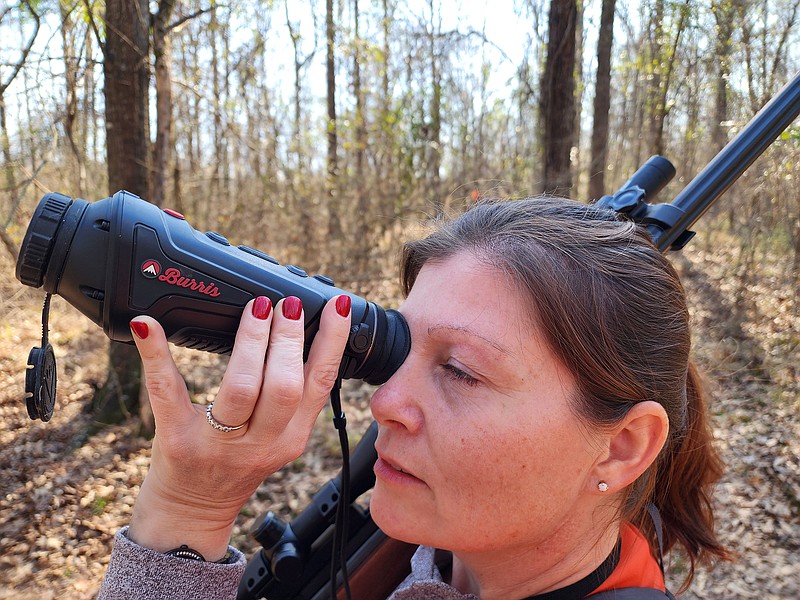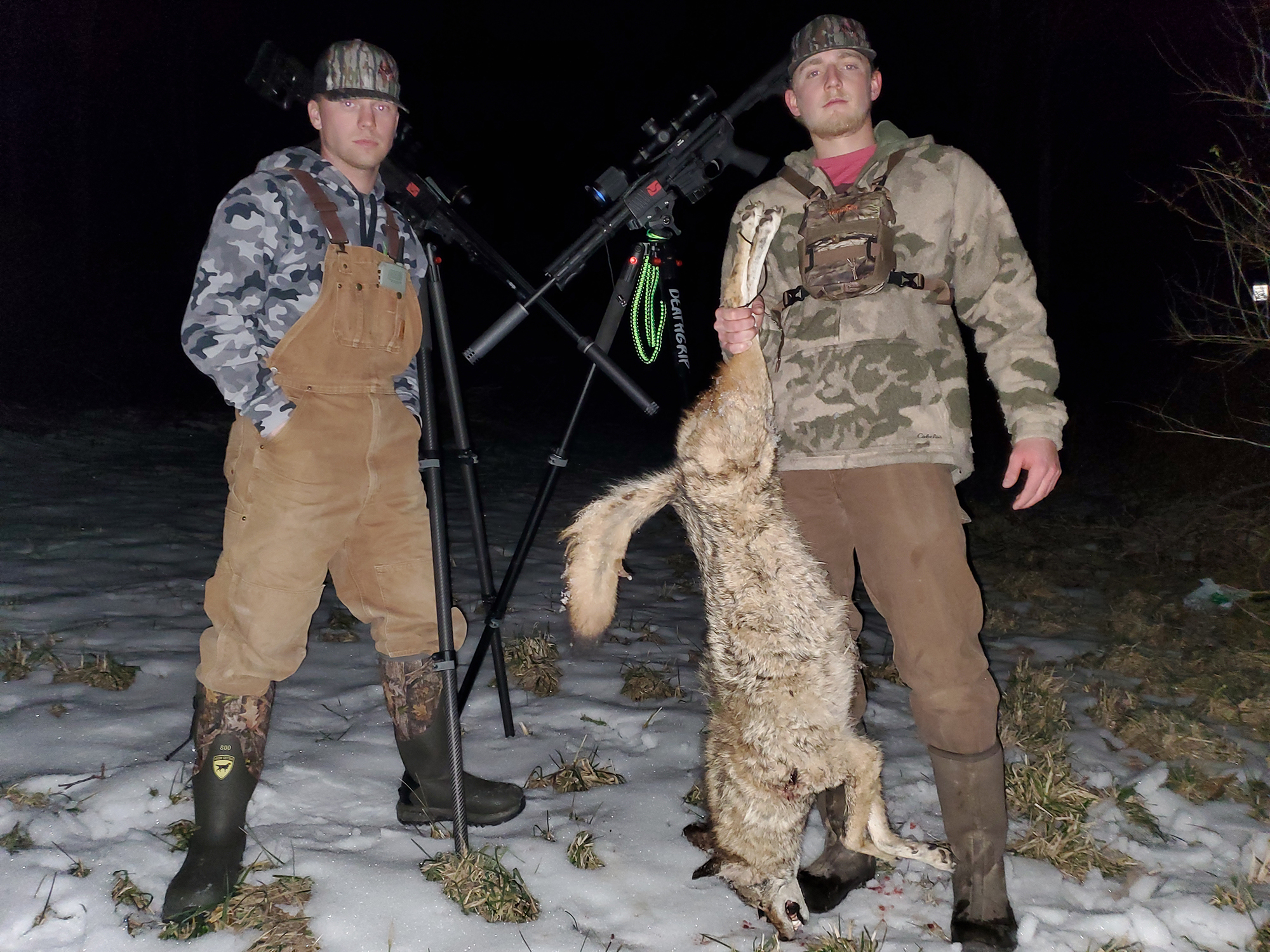More than once in this space, I have explored the continuing clash between the use of technology in the hunting of wild animals.
In all my years (36) of dealing with hunting and wildlife regulations as a DNR conservation officer, this issue came up often, and with the way technology is ever changing, I think it will continue to do so.
It always seemed to me the current regulations on the books were forever trying to keep up with technology. This is hard to do as many wildlife regulations are quite dated and the method by which they are changed is usually long. The wheels grind slowly, so it is easy for technology to outrun the rules.
(READ MORE: Trail cams help hunters; do they hurt hunting?)
Compared to what we face today in the way of how technology might affect hunting, some of the issues of the past seem quite tame. Once upon a time, the gun and gear industry brought us the fiber optic sight. In simple terms, this is a small piece of fiber optic cable mounted in the open sights of a bow, a muzzleloader or a modern firearm. The cable collects ambient light and "bounces" it back and forth within the cable. This allows the shooter to have a lighted sight even in very low light -- the very conditions that accompany the times of day when hunters are so often presented with a shot at game.
Again, compared to today, this seems like a pretty low-level addition to the hunter's toolbox. At the time, however, it created quite a stir. Many traditional archers complained about this, but the group I remember expressing the most ire was the primitive weapons guys, the muzzleloaders. This group did not like this newfangled invention and thought any fish and game agency that allowed it should be tarred and feathered, twice.
(READ MORE: How to start an argument in your hunting camp this deer season)
Like I said, today's advances in technology seem much more fantastic in how they may affect hunting in general. Maybe you have been hearing the past few years about a rise in the use of thermal technology.
Thermal devices are optics that make use of an element called germanium to detect small differences in temperature and then use digital sensors to display the source of the temperature to the viewer looking through the optic.
When properly used, you can see animals or any source of heat, even on the darkest of nights. The picture you see is usually a dark or grayish background, and the coyote, deer or any animal that appears will show up in a brilliant white, red or whatever color your optic is set for.
This is not the "night vision" optics your dad or others talked about using in Vietnam; these optics work entirely on a source of heat. And as you can imagine, this technology is a big advantage against animals you would hunt at night.
These optics, whether in a handheld monocular or a rifle scope, have revolutionized the night hunting of coyotes and feral pigs. In most states, these animals are considered varmints and can be hunted at any time, even at night. I have hunted with some guys who are well versed in the use of thermals, and with these scopes mounted on AR-type rifles, using tripods and electronic callers, these guys are hard on the coyote population.
There is not much controversy when it comes to using these devices on coyotes and nuisance feral hogs. Most landowners are trying to reduce these populations, and they don't care how you do it.
The use of thermal technology for game animals such as elk, deer and even turkeys is when the cheese starts to bind in the wildlife regulation world.
Since I have you here, let's consider some of the scenarios that might come up with some of today's technology in the hunting world.
Finding wounded game with a thermal device.
The guys and girls in the wounded deer recovery game are way ahead of us on this. There are many businesses in several states that offer a service where you can call in a tracking dog to locate your bow-shot deer that you cannot find.
A newer option for these companies is the use of thermal device mounted on a drone. The operator flies the drone over the hunter's area, and it sometimes quickly locates the deer lying in the woods. Even if the deer has expired, there will be enough body heat left to find the animal.
Is this ethical? Is it better to find the wounded animal by whatever means available? I don't know, you tell me -- and don't shoot the messenger.
Some states may have already banned the use of thermals and/or drones for finding wounded animals.
Squirrel hunting.
That's right, squirrel hunting. First, in the squirrel and raccoon hunting competition world, the use of thermal devices has come into play. In competition hunting, the dog is scored on its ability to find and tree the game. Once the dog is on the tree, whether the party can find the game in the tree, be it squirrel or raccoon, means the difference in how many points are awarded.
Sometimes there is a lot of prize money at stake in these contests. For simply pleasure hunting, is the use of a thermal unfair advantage in finding an animal in the tree that you would not be able to see without it? Again, you tell me.
Night hunting in general.
With the exception of some varmints, we don't hunt game animals at night in the United States. Interestingly, hunters in many European countries don't see it this way.
Critics of using thermals think the widespread use of these devices will lead to more illegal hunting of deer and other animals at night. That may be true. I'm not sure.
What are your thoughts on the use of more technology in hunting?
"Guns & Cornbread" is written by Larry Case, who lives in Fayette County, W.Va. You can write to him at larryocase3@gmail.com.

